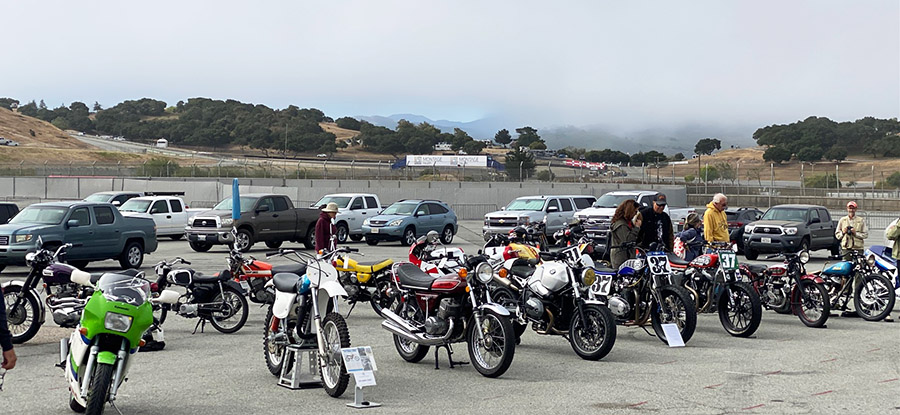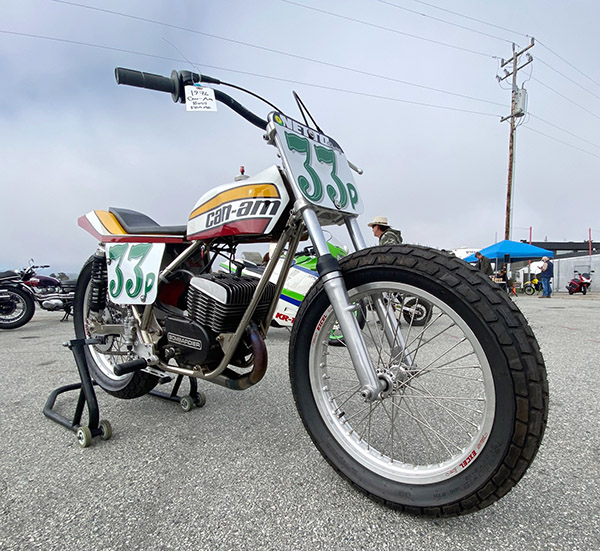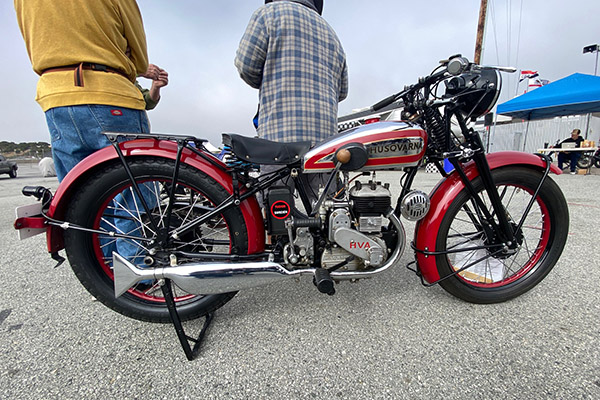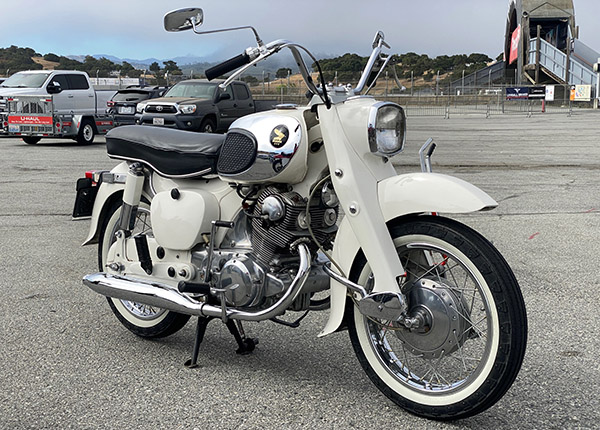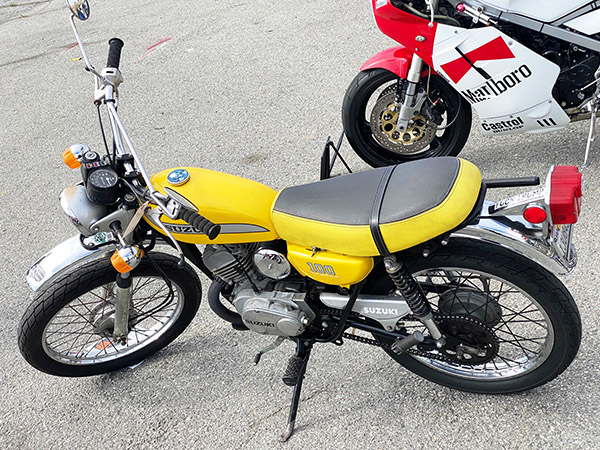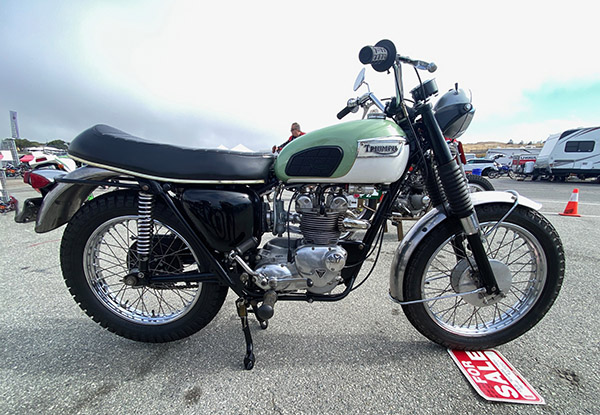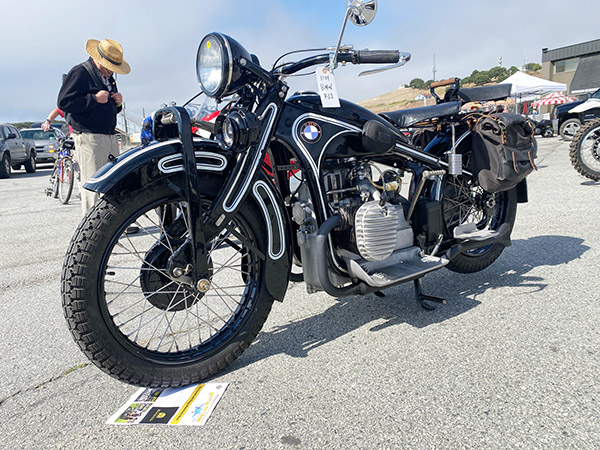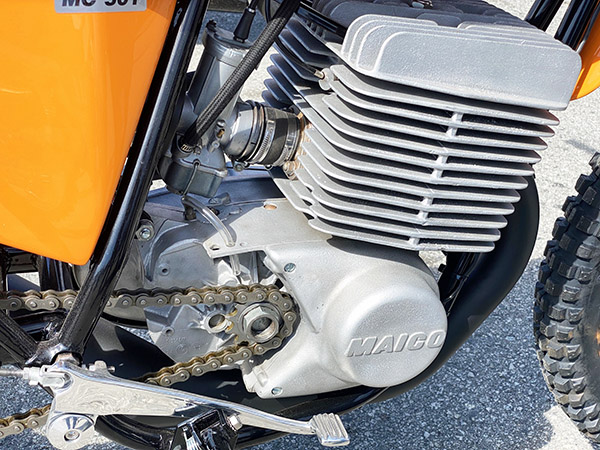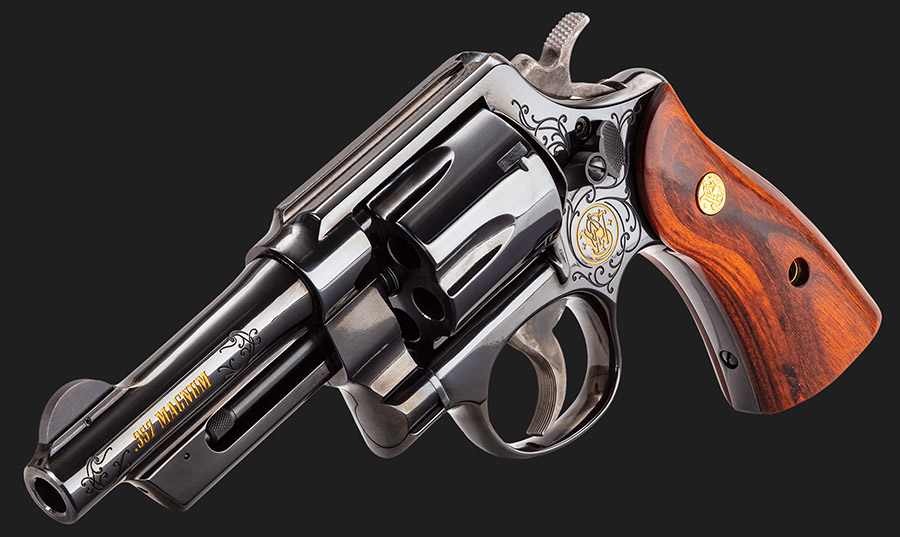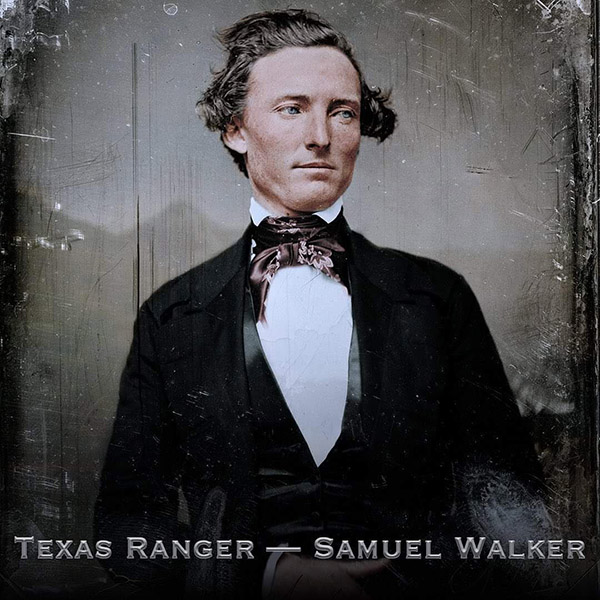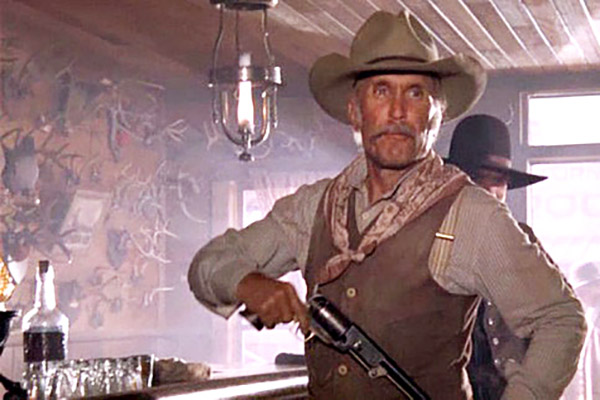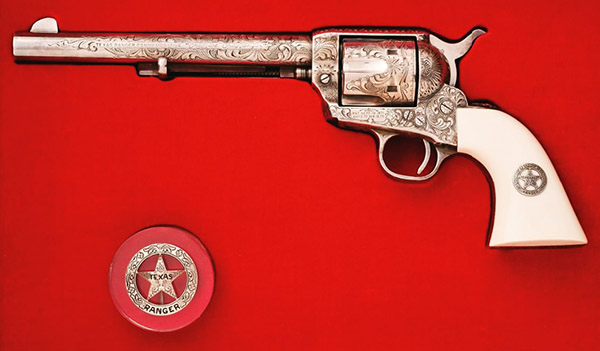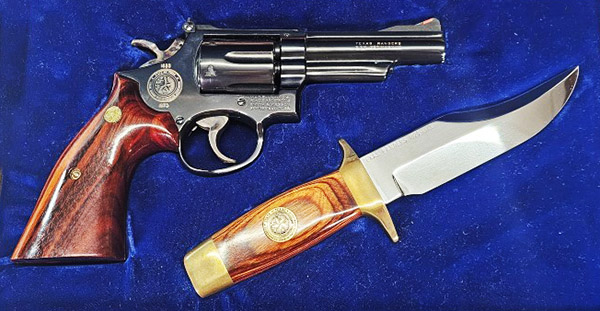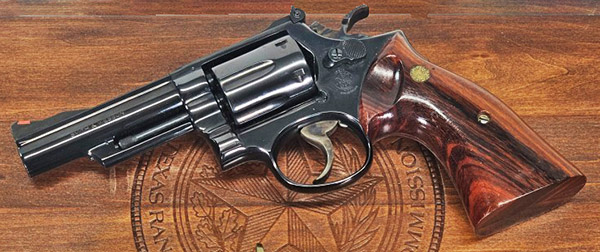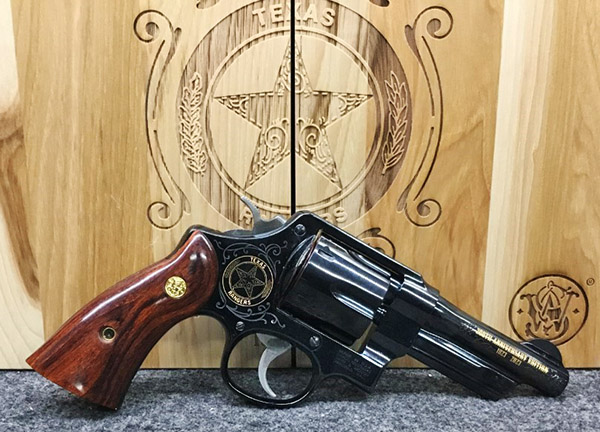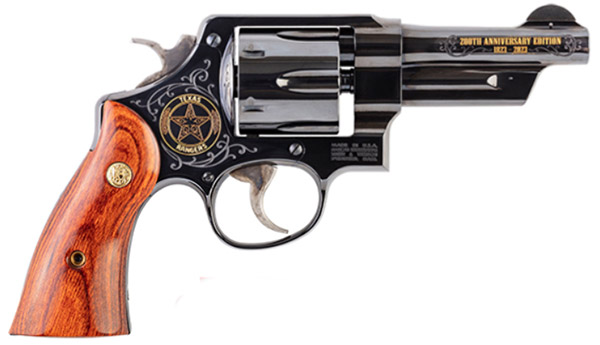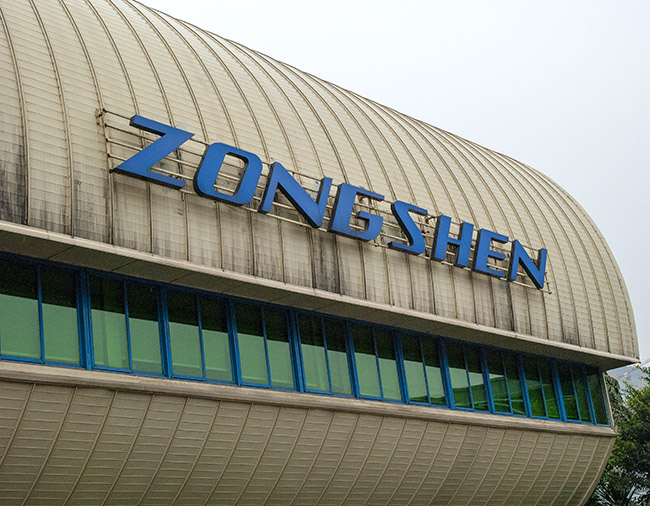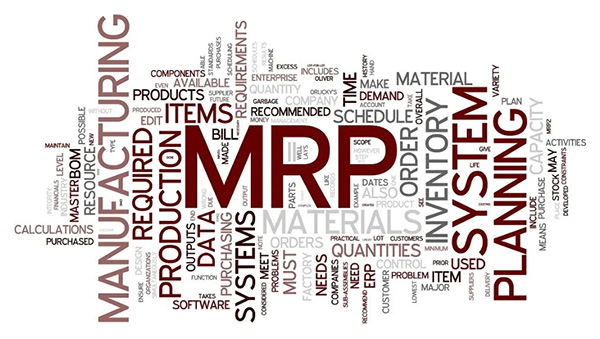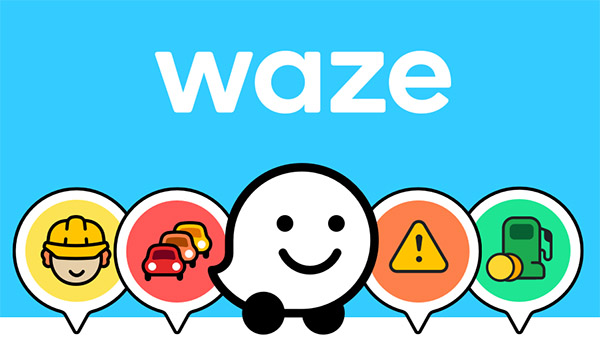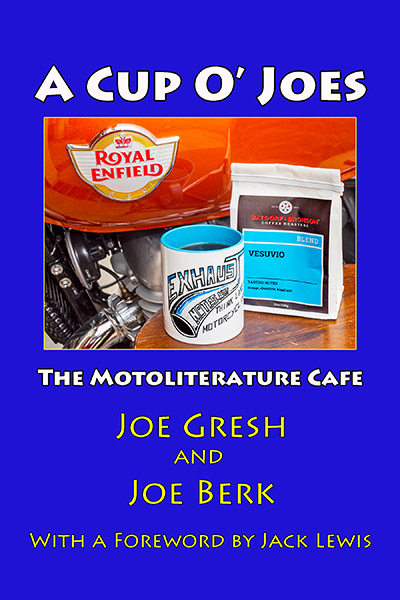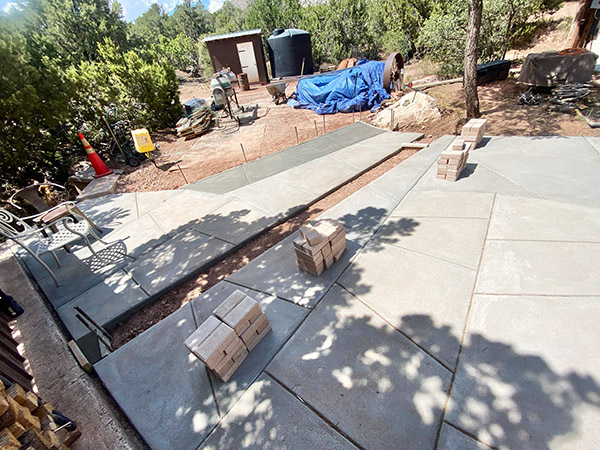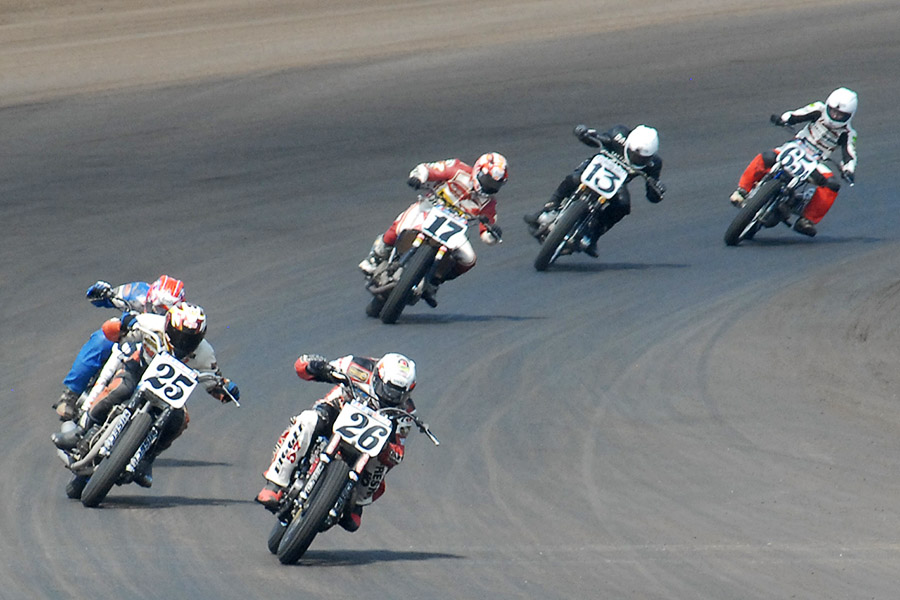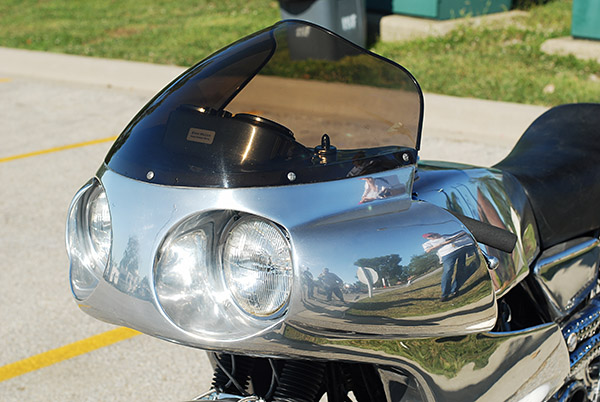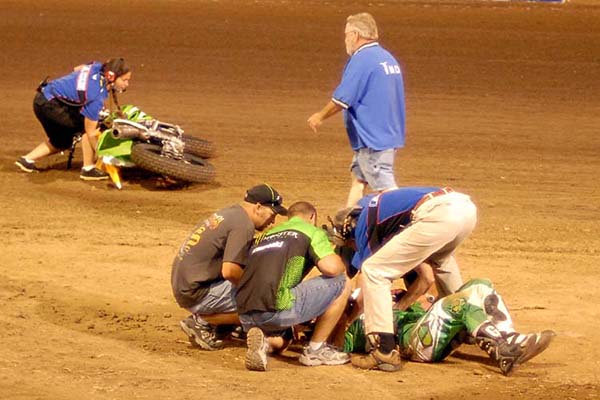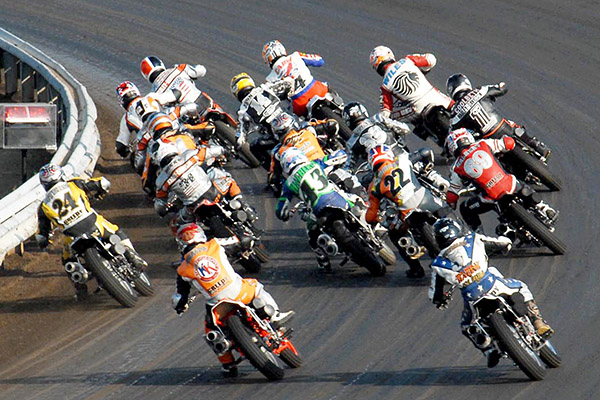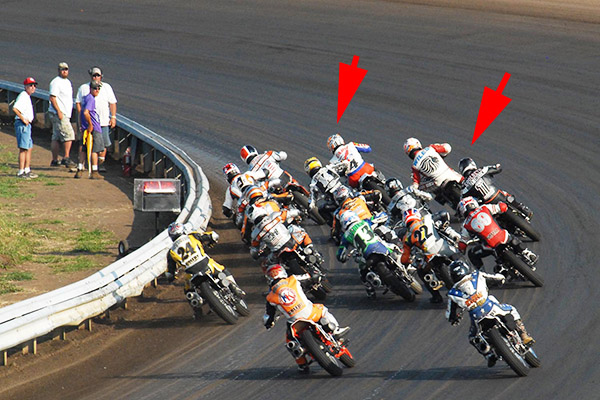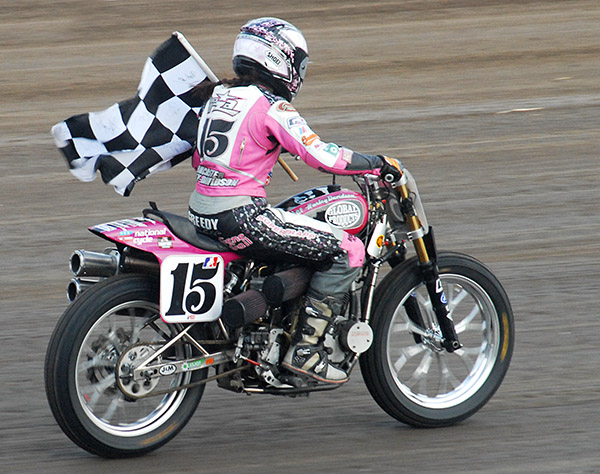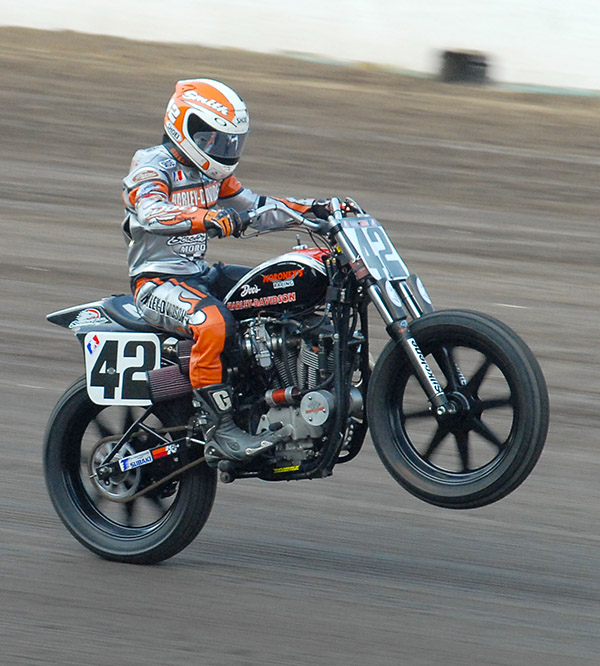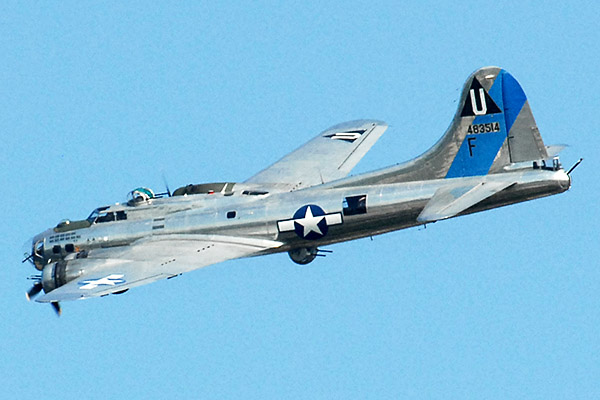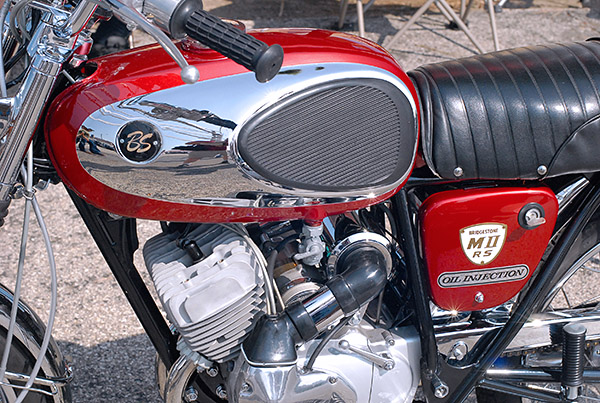By Joe Gresh
I’m in no rush to leave the tent this morning. The wind blew all night long and is still blowing hard. It’s cold and damp. Canvas pops and snaps, the tent inflates and deflates as if it is a breathing thing. I’ll have a second cup of coffee.
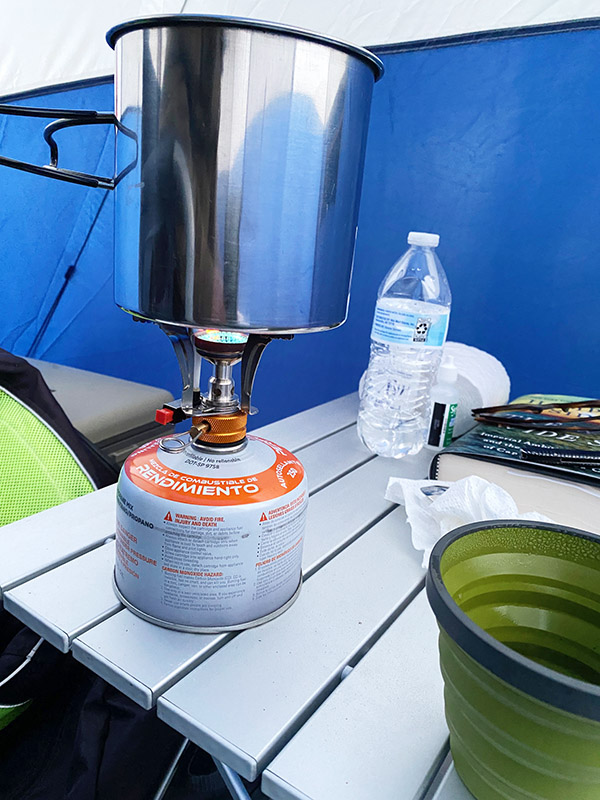
The vintage motocross races at Laguna Seca are situated over the hill, towards the north. It’s a natural terrain course just like the tracks these vintage motorcycles ran on way back when. No manufactured hazards like triples or whoops. Any whoops on this track are made by churning knobbies. So of course I love it.
Laguna has more CZs in one place than I’ve ever seen. A bunch of Honda Elsinores and BSA 4-strokes populate the area. Less popular are Yamahas, Kawasakis and Suzukis.
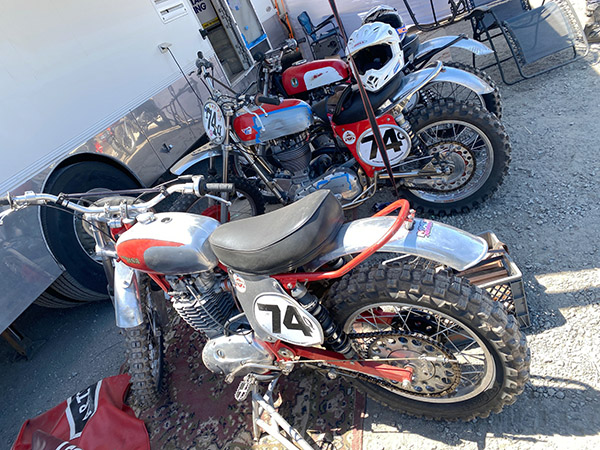
Four Elsinore 125s put on a hell of a show. They were swapping the lead back and forth, passing three bikes in a corner only to be re-passed the next corner. It was good, handlebar banging action. I’m going back for more today.
The motocross crowd is a bit looser than the road racers. There is a yellow rope denoting the track that you are not supposed to cross. Nobody pays attention and spectators walk rigs up to the edge of the course to yell encouragement at their buddies.
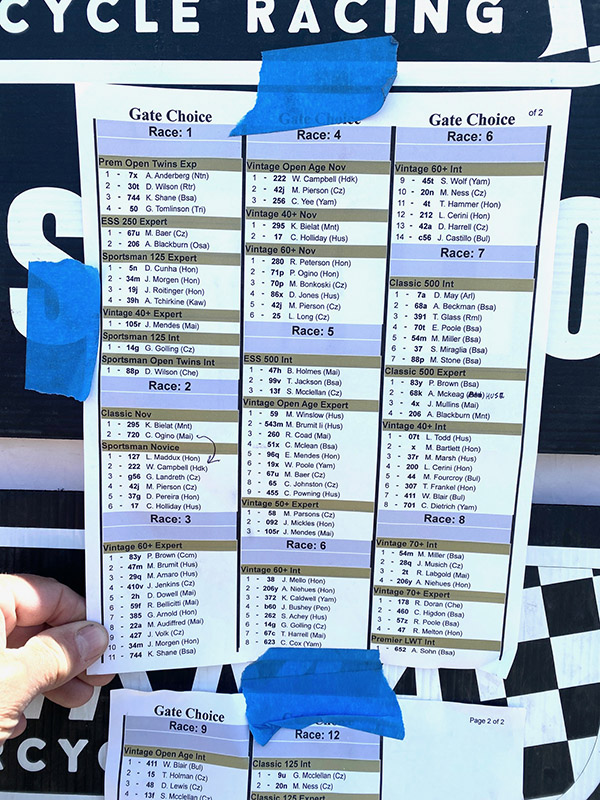
One guy had a train horn attached to a battery powered compressor and when the bikes were stuffed into the corner he would blast the horn inches from the rider’s ears. You don’t get that sort of fun on the pavement over the hill.
Unlike some of the road race bikes, the motocross bikes are historically accurate. These are the bikes that actually raced back then and except for razor sharp fresh knobbies they are in a slightly beat condition.
There are a few 100-point restorations racing but those guys take it easy around the track. The Sunday riders got the same encouragement and horn as the top racers.
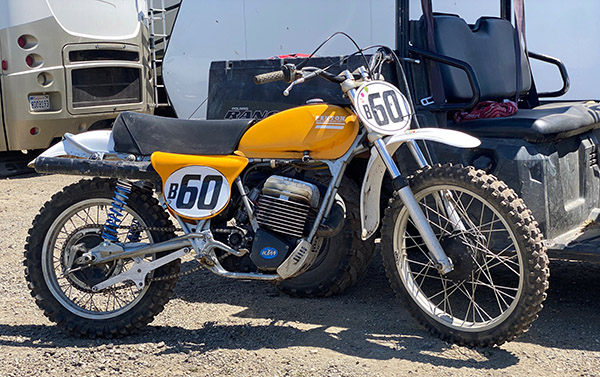
In the evening I hear live music drifting in on the soaking wind, a two stroke bike circles camp and people chatter, sounding like they are right next door. I have to remind myself not to be old. Sure, I want to got to bed at 8:00 p.m. but nobody else does.
Back to the road race side of things. AHRMA is always expanding the definition of historic and they even have classes for modern motorcycles. These classes are well stocked because the bikes are easy to get and keep running. I’d say more than half the field were riding new-ish motorcycles. Our old buddies Walt Fulton and Dave Roper put in another fine showing but I kind of lost them in the multi-class race they were in. So maybe they didn’t do fine.
I’m really enjoying how well Godzilla is running down at sea level. The bike has tons of grunt and runs so smooth with the oxygen levels. Probably the humidity helps also.
I’m off to watch some racing. It’s still windy but I can’t sit in the tent all day. The neighbors will start talking about the weird old man next door.
Never miss an ExNotes blog:



